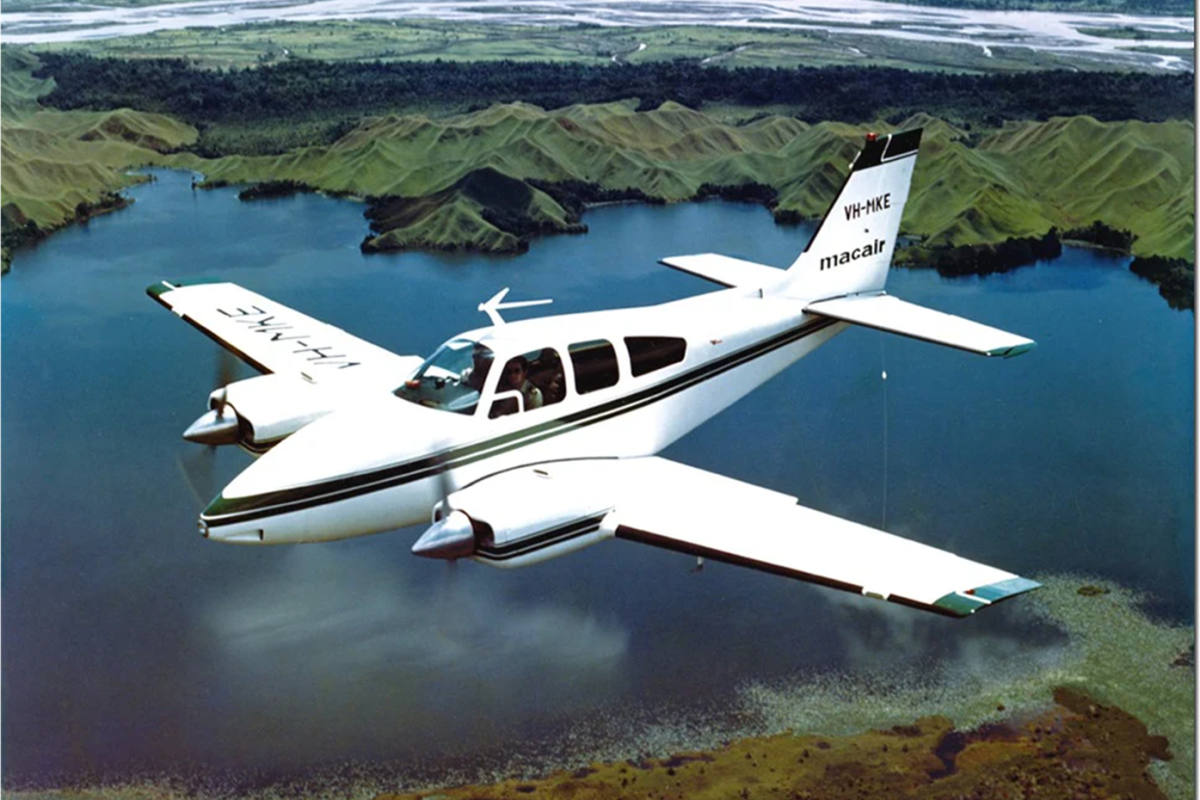EXPERIENCING THE AVIATION WONDERS OF NEW ZEALAND
The Maori name for New Zealand – Aotearoa – translates to “The Land of the Long White Cloud”. Not exactly an enticing name for pilots, we know. Nevertheless, New Zealand remains a bucket list item for many of us. Rolling green hills, spectacular bays, islands and beaches, pristine fjords and snow-capped mountains entice Aussie pilots looking to experience a different type of aviation – one that can’t be found within our borders.

Flying in New Zealand. Chances are the thought has crossed your mind at least once. There’s just something about the pure, unspoiled and exceptional nature of the New Zealand landscape that is appealing, and seeing the country from above is an experience like no other. However, there’s much more beyond the scenery that makes New Zealand unique. For pilots, there’s a whole range of new experiences to discover.
Cody Calder, Innovation and Improvement Executive at RAAus (and resident Kiwi), spoke to us about flying in NZ. Starting out flying Piper Cubs around the North Island, Cody has previously worked towing gliders and dropping skydivers over Lake Taupo and the Bay of Islands. He spoke of just how different New Zealand flying can be, compared to hitting the skies over the vast Australian continent. “In many places you fly in New Zealand, you can see the coast,” he said. “In fact, in many places you can see from the east coast to the west coast”. This makes navigation a whole lot easier, not having to trawl over seemingly endless desert and bushland.
Of course, the main difference – and the major drawcard for many Aussie pilots – is mountain flying. It’s a requirement of the PPL syllabus in NZ, but something us Aussies never really get exposed to when flying. “You need to be more aware of the differences in terrain,” said Cody. “Operating in valleys, conducting saddle crossings, you need to be so much more aware of updrafts and downdrafts”.
So how can I experience Kiwi flying? Let’s take a look.
Now unfortunately, an Australian RPC is not recognised by New Zealand’s Civil Aviation Authority (CAA) as valid for flying in New Zealand. This makes arriving in New Zealand and immediately jumping in the cockpit impossible, however your options don’t end there. There are several other ways to sink your teeth into some flying without being the PIC.
The most obvious solution is to simply book a charter or scenic flight. Scenic flight operators, like Milford Sound Scenic Flights, are often based in some of NZ’s most spectacular locations, making them the perfect option to experience some of the country’s most unique locations from above. Up north, you can hop between white, sandy beaches in the Bay of Islands or peek into the crater of NZ’s largest active volcano, Mt. Ruapehu. Down south, get up close and personal with Mt. Cook and the Fox and Franz Josef glaciers with flights over the Southern Alps, or explore the cascading waterfalls, steep cliffs and serene, blue waters of Milford Sound. From a pilot’s perspective though, this might not be enough to satisfy that itch.
Just like in Australia, there is a strong community throughout New Zealand surrounding recreational flying. Aero clubs can be found right across the country and are always welcoming to any potential visitors from across the ditch.


“Down on the South Island where things aren’t as highly populated, there’s plenty of aero clubs that will welcome you in, make you a coffee and talk about aeroplanes,” said Cody. He recommends getting in touch with some of these local clubs and finding out what they can offer. Many clubs dotted around the South Island are more than happy to accommodate Aussie pilots chasing a taste of mountain flying, with instructors willing to take you up and show you the ropes.
Some clubs, like Otago Aero Club in Dunedin, actively encourage overseas pilots to come and fly with them. A statement on their website reads, “The Otago Aero club encourages foreign pilots to come flying with us, no matter how short your stay is. Under the guidance of one of our experienced flight instructors you are able to fly yourself around some of the most stunning scenery in the world. You will also have the opportunity to learn some of the basics of flying in this unique environment.”
Aside from actually flying yourself, New Zealand has a strong aviation scene with events and museums to check out across the country. The Omaka Aviation Heritage Centre in Blenheim and
the Air Force Museum of New Zealand in Christchurch both offer stunning collections of aircraft and stories of New Zealand’s rich aviation history spanning over a century. Collections include WWI & WWII aircraft as well as modern exhibitions, showcasing the country’s aviation journey.
Additionally, New Zealand is renowned for its world-class warbird restoration services and is home to a large collection of flying WWI and WWII aircraft. This includes the only original two-seat Spitfire available for joy-flights outside of the UK. Many of these aircraft are sure to be found at the iconic Warbirds over Wanaka, the largest warbird airshow in the Southern Hemisphere, set to run again in 2022.
Simply put, flying in New Zealand offers opportunities for breathtaking experiences, unbeatable scenery and the ability to learn new techniques. Not only are you guaranteed to fill your camera with dozens of images worthy of any computer desktop wallpaper, New Zealand flying allows you to grow as a pilot, gaining a better understanding of wind and weather conditions in a way that just isn’t possible in our own backyard. With the COVID-19 pandemic continuing, New Zealand seems like the only viable option for international travel for the foreseeable future. It might just be the perfect time to experience it for yourself.









